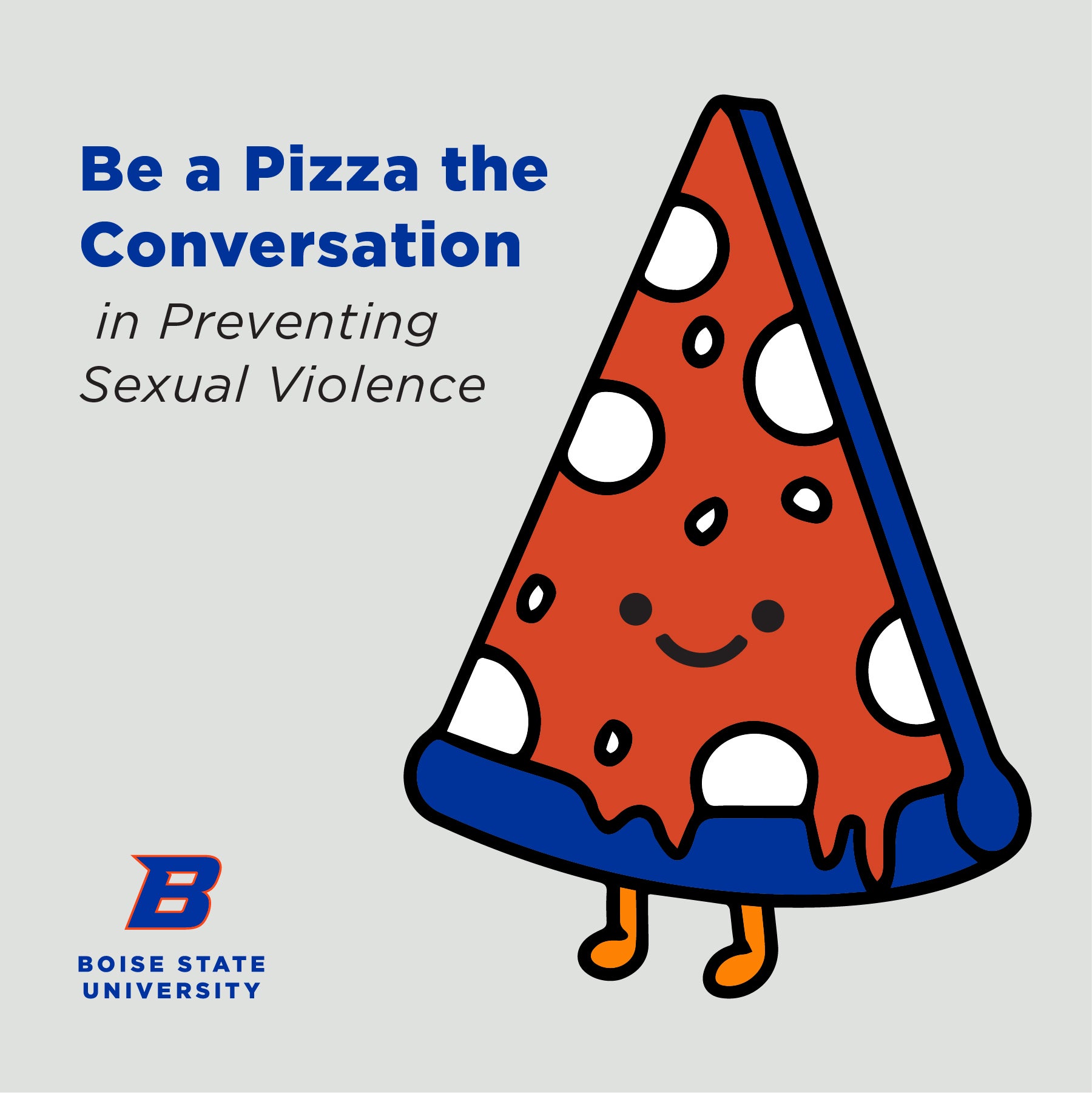Introduction
Engaging in conversations around sexual violence is an important step in uplifting the fact that sexual violence is preventable, and we all play a role in that prevention. Talking about sexual violence can also aid in recognizing what the warning signs of this type of violence look like, so we all can feel empowered to intervene and stop actions, words, and cultural norms that perpetuate sexual violence.
